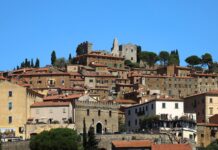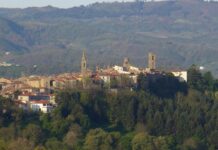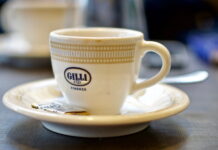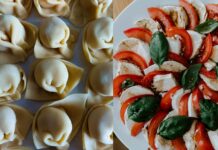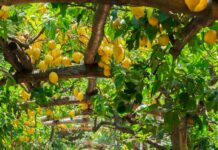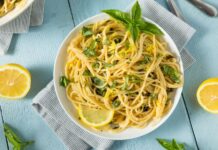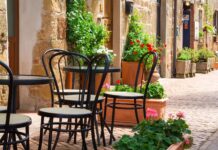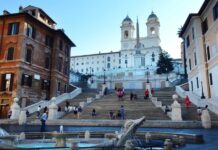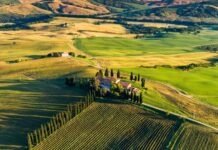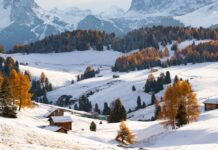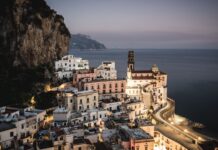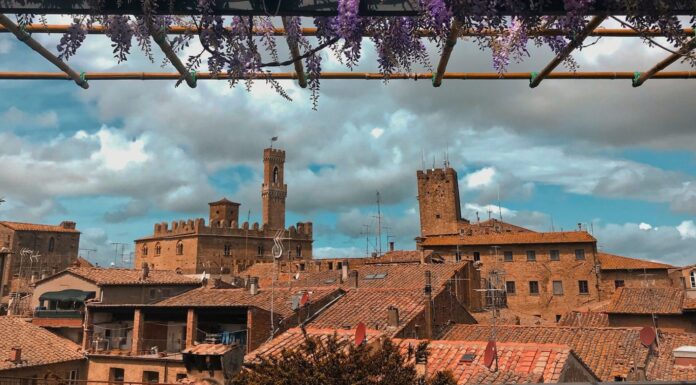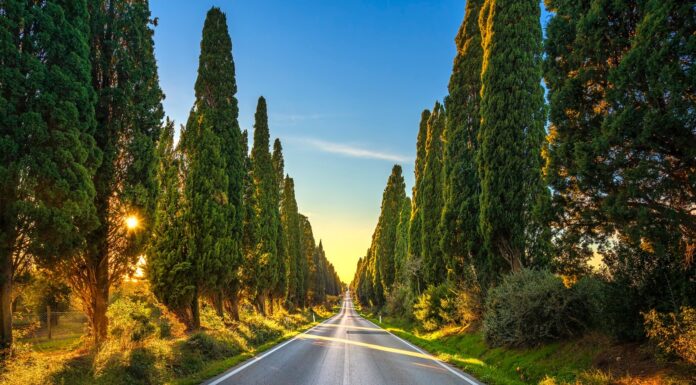As the city with quite possibly the richest cultural history in all of Italy, Florence has long been a popular destination for art lovers, history buffs, and foodies. While the city is typically teeming with tourists during the summer, Florence in winter can be equally ideal.
Visiting Florence in the winter is a great way to avoid the crowds and experience the quieter, more authentic side of the city. With relatively mild temperatures, festive holiday decorations, and plenty of indulge-ready seasonal delicacies, a winter visit to Florence can be just as enchanting as any other time of year.
In this guide, we’ll explore the many reasons why a winter trip to Florence should be on every traveler’s bucket list.
Florence In Winter – Is It Worth It?
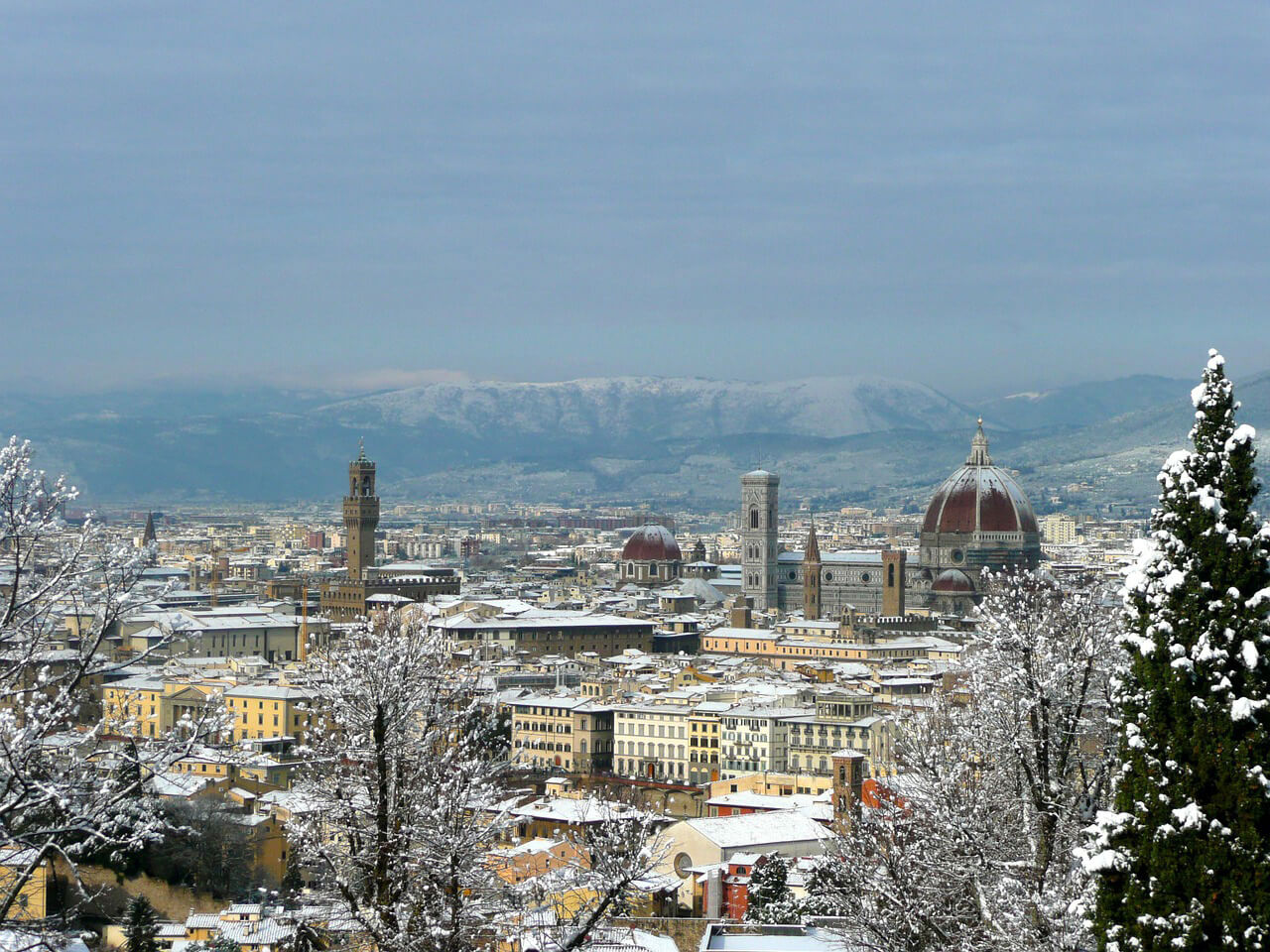
The crowds have thinned out and the temperatures have dropped, leaving you wondering whether a winter visit to Florence is worth it.
Regardless of the time of year you visit, Florence still provides picturesque architecture, stunning artwork, and some of the best food in the country.
While the city’s famous landmarks and museums are still open during the winter season, visiting Florence in winter can be quite different from the bustling summer season.
It’s all about planning your trip accordingly!
Explore more: Tuscany in Winter – 10 Reasons This is the Best Time to Visit
Things to Do In Florence In Winter – Our 6 Choices
The cooler months in Florence provide something for everyone, from festive events to warm cafés. Here are a few of our favorite off-season activities to explore this magnificent city.
1. Take a Walk In the Christmas Markets
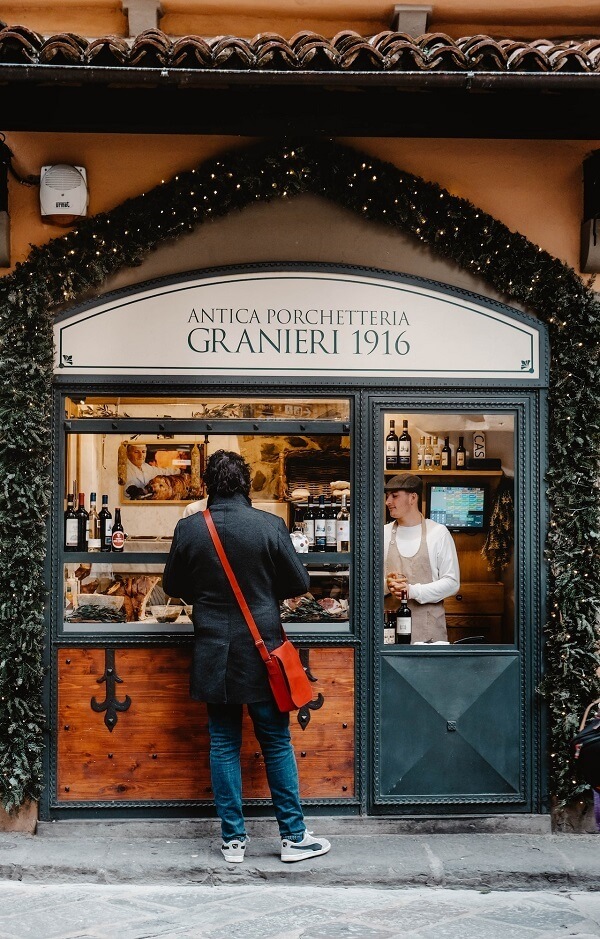
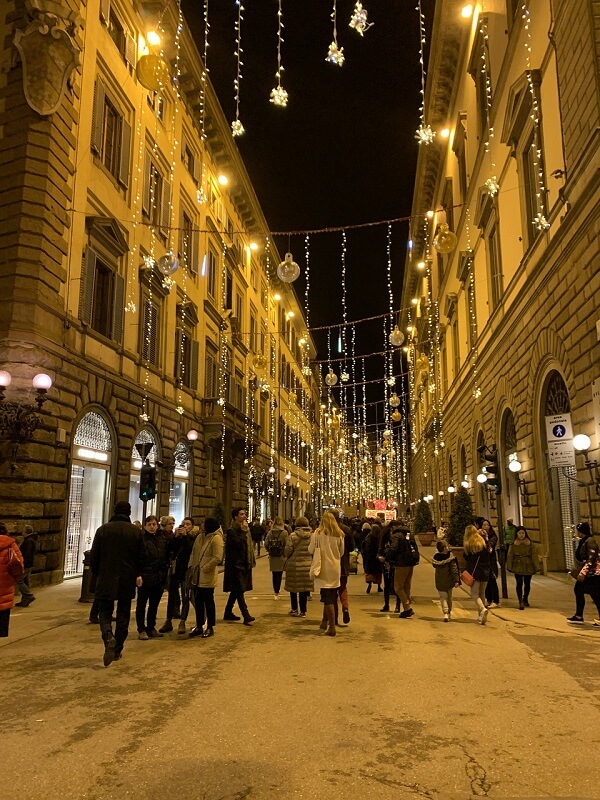
If you visit Florence around the holidays, you’ll find several Christmas markets popping up around the city.
Here are some of the most popular Christmas markets we recommend exploring:
- Weihnachtsmarkt – This German-style Christmas market takes place in Piazza Santa Croce. You’ll find plenty of handmade crafts, toys, and traditional food and drinks like mulled wine and bratwurst.
- Fierucola di Natale – If you want a more “local” experience with artisanal foods, handmade pottery, and natural skin care products, check out this Christmas market in Piazza Santo Spirito.
- Florence Noel – A good in-between is Florence Noel, which takes place in Stazione Leopolda and typically has around 60 vendors selling everything from jewelry and clothing to artisanal food and wine.
Note that while these Christmas markets typically run from late November through early January, we recommend checking the dates and times in advance!
2. Drink Some Mulled Wine
Mulled wine, or “vin brulé” in Italian, is a popular winter drink in Florence.
If you’ve never had mulled wine before, it’s essentially a warm beverage typically made by heating red wine with various spices, sweeteners, and fruits. While the exact recipe will depend on who’s making it, you can typically count on ingredients like cinnamon, cloves, nutmeg, orange peel, and honey or sugar.
There are several spots around the city where you can get your hands on a warm cup of mulled wine when the weather drops, so make sure to put it on your to-do list!
Explore more: Florence In February – 10 Things to do on your Next Visit
3. Go Skiing and Ice Skating at Firenze Winter Park
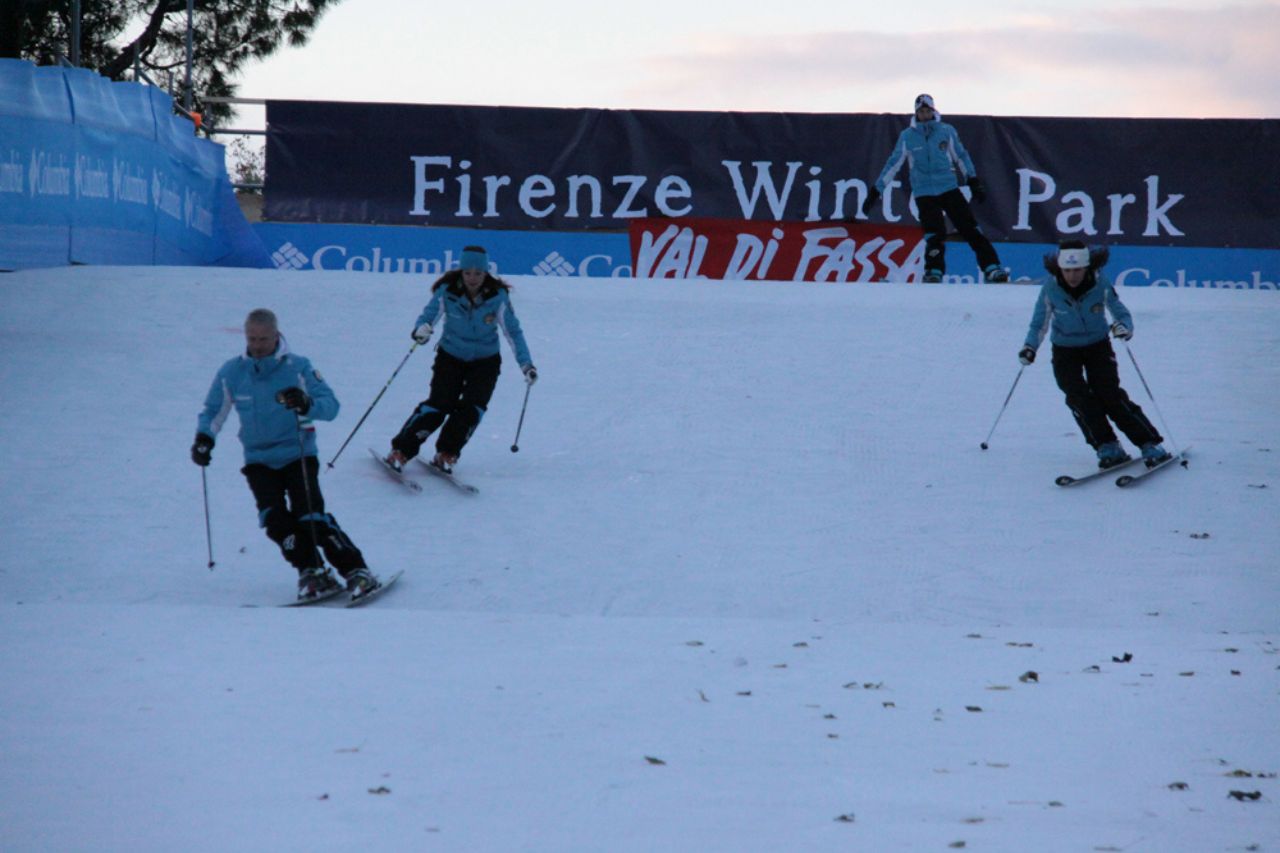
One of the last things that probably comes to mind when planning a trip to Florence is ice skating.
However, if you’re truly looking to get into the winter spirit, we recommend spending a day at Firenze Winter Park.
The park is a small portion of Parco delle Cascine, which is one of the largest of its kind in Florence. The well-maintained skating rink is one of the park’s most popular attractions, providing a one-of-a-kind festive winter wonderland experience.
Plus, if ice skating isn’t your thing, the park also offers other winter activities like skiing, snowboarding, and tubing.
4. Drink Hot Chocolate
Looking to experience the sweeter side of Florence in winter?
If so, look no further than the Festival of Hot Chocolate, also known as “Fiera del Cioccolato Artigianale di Firenze.”
This annual event, which is typically held in February, celebrates all things chocolate. Not only is it the best way to sample artisanal hot chocolate during the winter months, but you’ll also find dozens of exhibitors showcasing their chocolate creations and get to watch live demonstrations or attend workshops on topics like pairing chocolate with wine or creating your own chocolate confections at home.
If you’re unable to make it to the festival, there are a few great hot chocolate spots around town that we highly recommend making time for, including Hemingway near Ponte Vecchio and Rivoire on Piazza della Signoria.
5. Take a Photo Near the Christmas Tree In Piazza Duomo
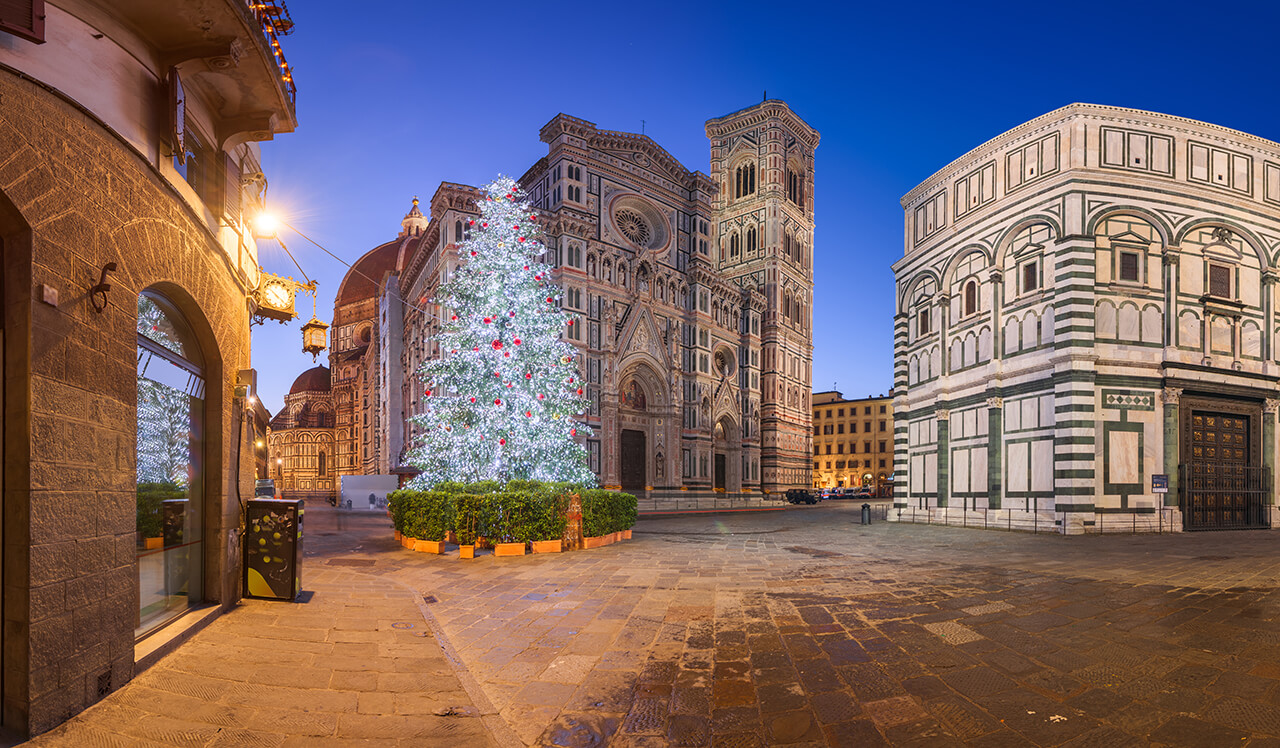
The Christmas tree in Piazza Duomo is an iconic symbol of the winter season in Florence. For most visitors, however, it’s a quintessential photo-op.
The city typically puts up the Christmas tree in early December, so plan your visit accordingly. Note that it can also get quite crowded during peak hours, so unless you want a photo with a million other tourists in it, try to visit early in the morning or later in the evening.
6. Read a Book at Alzaia Library When It’s Cold Outside
Too chilly outside to explore the city?
If so, one of the best ways to spend your time in Florence is by cozying up with a good book at the Alzaia Library?
Located in the charming Oltrarno neighborhood, this well-stocked neighborhood library is somewhat of a hidden gem in Florence. You’ll find a wide range of books in both Italian and English and plenty of neat events throughout the year, including book presentations, literary workshops, and concerts.
Day Trips from Florence In Winter
Siena

Siena lies about an hour and a half south of Florence, offering a perfect day trip destination during the winter months!
As with Florence, Siena can be quite crowded during the peak tourist season, though the crowds thin out in winter, making it easier to explore the city without feeling overwhelmed. you’ll find a host of winter festivals, including the Feast of Saint Catherine of Siena and the Carnival of Siena, both of which provide unique opportunities to dive head first into local traditions and culture.
Of course, you can’t ignore the stunning medieval architecture or delicious Tuscan-style food and wine either!
Read more: 17 Day Trips from Siena – Discover Slices of Tuscan Life
San Gimignano
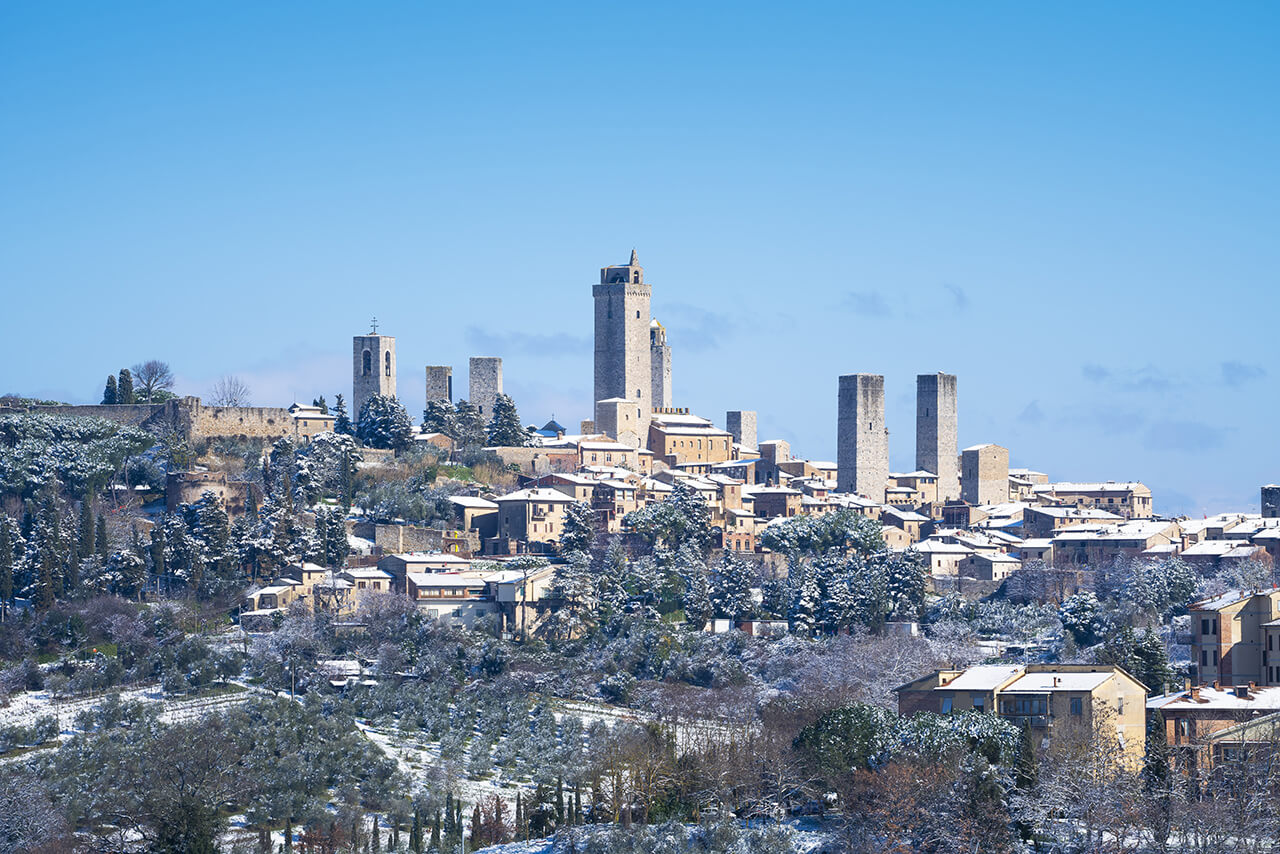
If Siena feels a bit too far for you, we recommend checking out San Gimignano. This picturesque medieval town lies about an hour from Florence and offers some of the most well-preserved medieval architecture in the region.
Of course, ask any local, and they’ll tell you that most people go to San Gimignano for the Vernaccia wine. The town is surrounded by vineyards, and many wineries offer tastings and tours during the winter months.
If you time your visit right, you may also stumble upon some of the many local festivals, including Fiera di San Lucchese in October and the Mercato delle Cose Buone in December.
Chianti
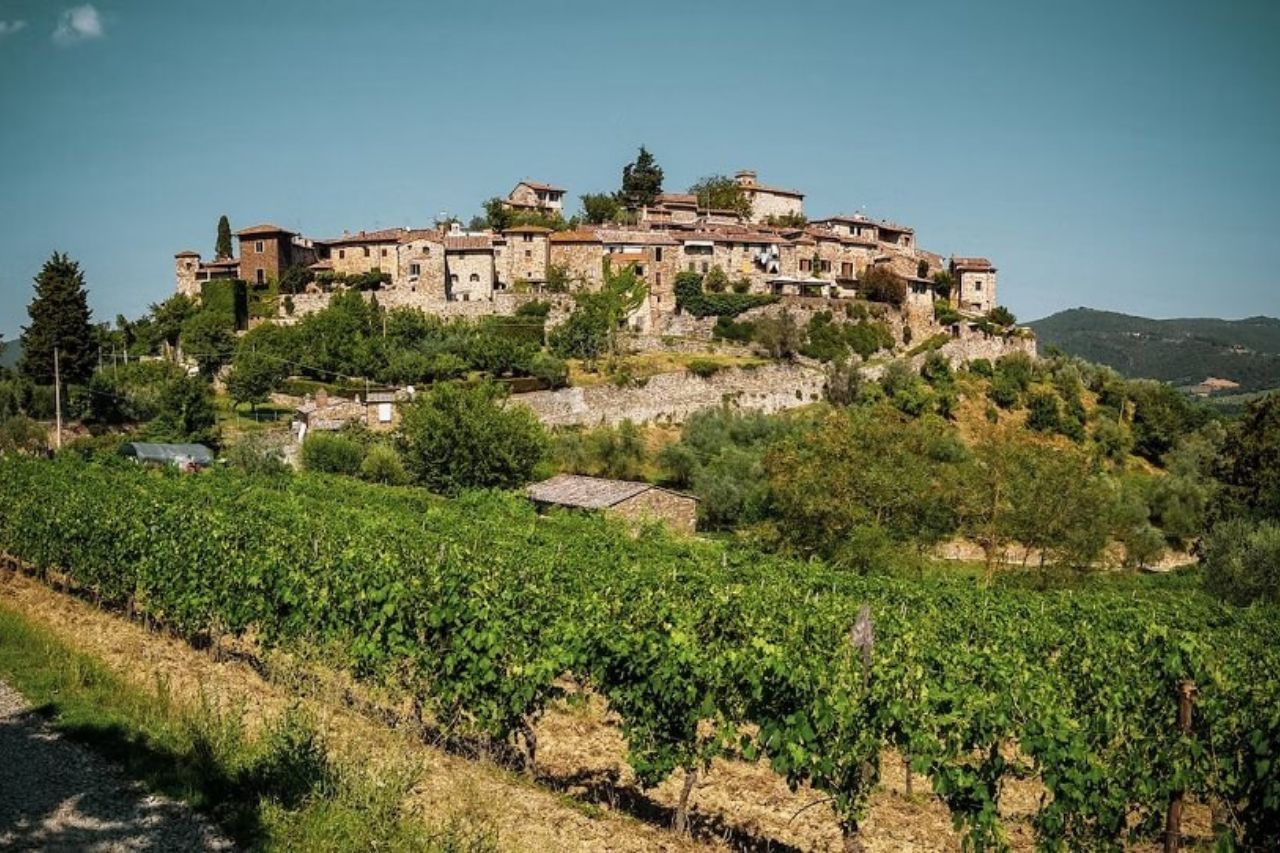
Chianti is famous for its wines, and lucky for winter tourists, many wineries offer tastings and tours year-round. Of course, beyond wine, Chianti is known for its one-of-a-kind olive oil, so make sure to book a tour with an olive oil producer in the area if you want to try some of the best products on Earth.
When the wine and olive oil stop flowing, you can enjoy the charming medieval villages throughout Chianti, each of which has its own unique history and architecture. The winter landscape in Chianti is absolutely stunning, especially when you catch it from one of the many hilltop villages in the area.
Read more: Best Wineries in Tuscany – Dreamy Wine Trips in 2023
Massa Marittima

The little medieval town of Massa Marittima is a medieval fan’s dream, with one of the most well-preserved medieval centers in the country. If the architecture alone doesn’t do it for you, the town is also home to several churches and museums, including the Museum of Sacred Art and the Archaeological Museum.
On the other hand, if you’re brave enough to face the cold outside, we recommend exploring the beautiful rolling hills that surround the city. It’s an equally ideal day trip destination for nature lovers, especially when it’s covered in snow during the winter months.
Anghiari
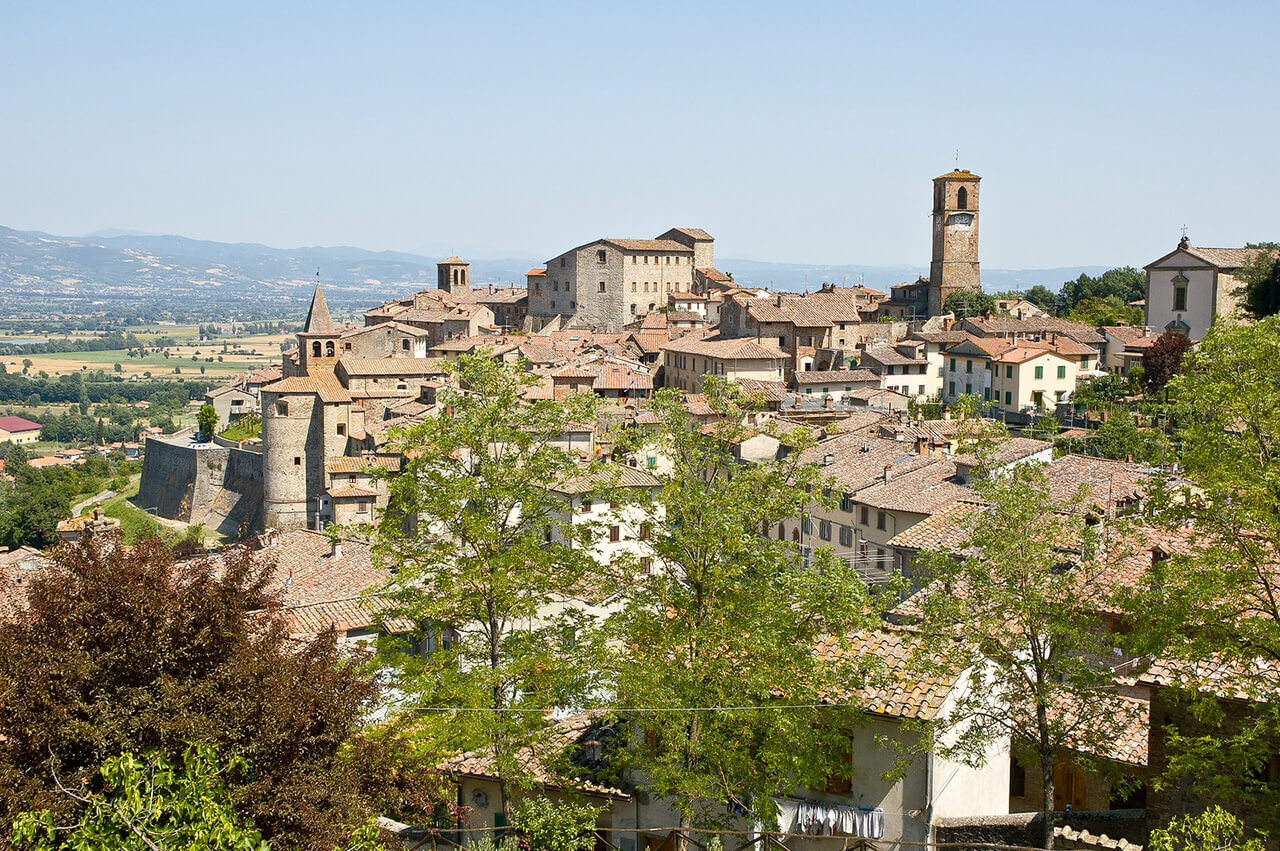
Anghiari is similar to Chianti in that it’s also a charming medieval town and a wonderful day trip option from Florence in winter.
Perhaps one of the most popular reasons to visit Anghiari is its rich history and artistic heritage. This area is where the famous battle in 1440 took place, which inspired Leonardo da Vinci’s “The Battle of Anghiari.”.
You’ll also find several museums and galleries, one of our favorite of which is the Museum of Palazzo Taglieschi.
Overall, this peaceful little town is an ideal day trip destination to catch your breath during your winter vacation.
Florence in Winter – What to Eat
When you visit Florence in winter, you’ll find plenty of culinary delights that you would otherwise have a hard time coming by during the peak season. While there are more seasonal dishes and warm comfort foods than we could count, there are a few must-try dishes to indulge in during your winter visit:
La Ribollita
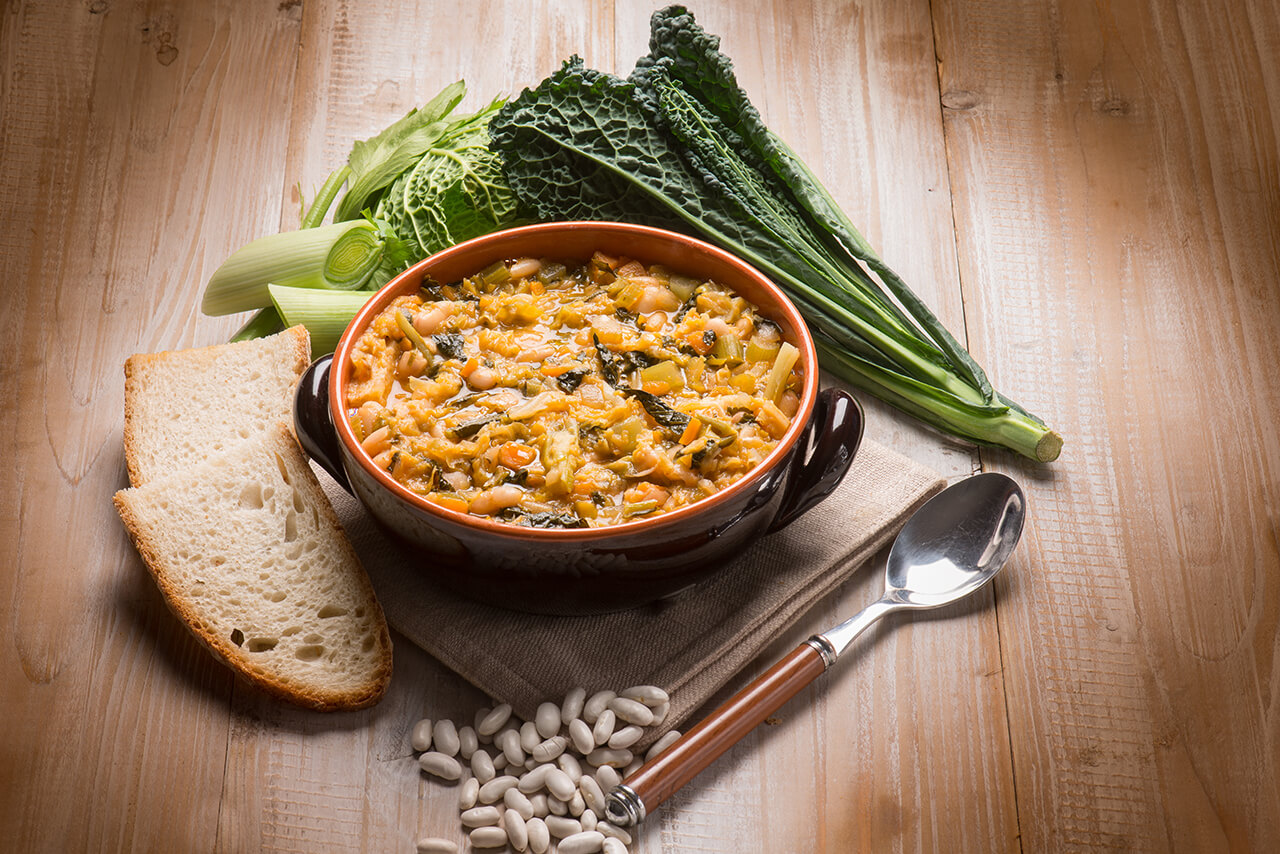
This hearty Tuscan soup is somewhat of a winter staple in Florence. It’s the perfect meal for any visiting vegetarian, as it typically consists of vegetables, beans, and stale bread. We can’t think of anything better to warm you up on a chilly winter day.
La Trippa Alla Florentina
Moving away from vegetarian-friendly dishes, this traditional Florentine tripe stew is made with tomato sauce, white wine, garlic, and a variety of aromatic herbs and spices. Chefs will often boil the trip for hours until it becomes tender and flavorful.
While the term “tripe” may scare some people away, this classic stew is a true local specialty that we recommend trying at least once.
Read more: Tuscan Food – A Wealth of Pasta Sauces, Soups, and Sweets!
Il Cinghiale in Umido
Il Cinghiale in Umido, otherwise known as wild boar stew, is a hearty and flavorful dish made with tender pieces of wild boar meat, which are slow-cooked with vegetables, red wine, and a variety of herbs and spices.
For centuries, wild boar has been a staple of Tuscan cuisine. This meat has some of the richest and gamiest flavors out of any other one. We recommend pairing it with a glass of full-bodied red wine, such as Chianti or Brunello di Montalcino.
La Bistecca Alla Florentina
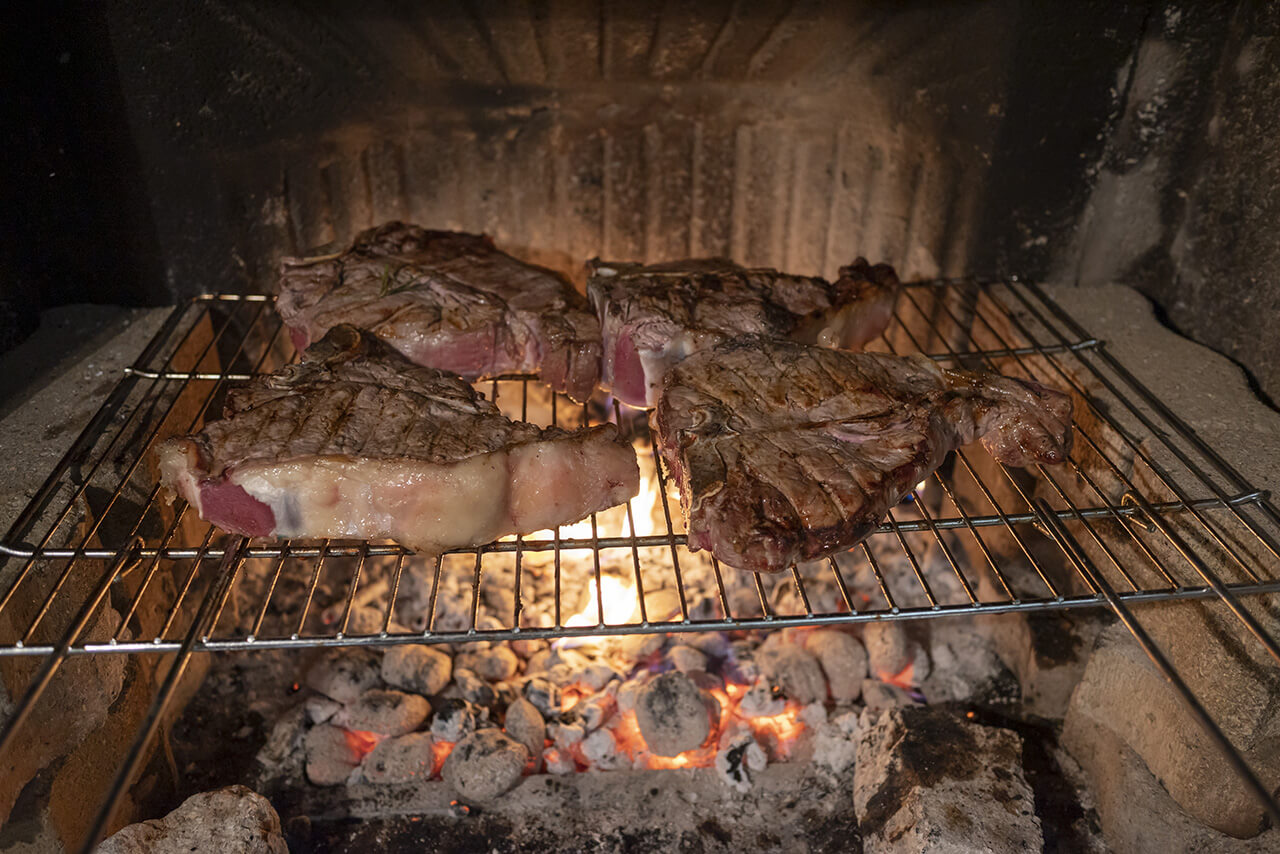
Another must-try winter Florentine special is La Bistecca alla Fiorentina, which is a traditional Tuscan steak cut from the loin of Chianina cattle, a breed of cattle that’s native to Tuscany.
This lean and high-quality steak is typically seasoned with salt, pepper, and a drizzle of olive oil, and grilled over an open flame until it’s seared on the outside and juicy on the inside.
Our mouths are watering just thinking about it.
Il Cacciucco
If you love seafood, then don’t end your Florence trip without trying Il Cacciucco.
This traditional Tuscan fish stew originates from Leghorn and is made with a variety of seafood, including squid, octopus, shrimp, mussels, and clams. Chefs will then mix in tomatoes, garlic, onion, and red pepper flakes, and serve it up with a hefty piece of garlic bread.
There’s no flavorful seafood dish that’s more perfect for a chilly winter evening. Bust out a bottle of good white wine to pair with it and you’re all set!
FAQs About Travelers that Visit Florence In Winter
What Do I Need to Wear?
Florence can get cold in winter, so it’s important to pack some essential items to stay warm and comfortable during your trip. We recommend having a warm, waterproof winter coat, a wool or cashmere scarf, a pair of winter gloves, waterproof booths, and plenty of layers.
Read more: What To Wear In Florence Italy – A Traveler’s Guide
What Is Florence Like In the Winter?
While Florence in winter can be chilly and wet, there are still plenty of things to see and do. With fewer crowds, an array of delicious seasonal dishes, and some of the best Christmas festivals in Europe, visiting Florence during the off-season can make for a memorable travel experience.
What is the Coldest Month in Florence?
The coldest month in Florence is January. You’ll often find average high temperatures around 50°F (10°C) and average low temperatures around 37°F (3°C).


